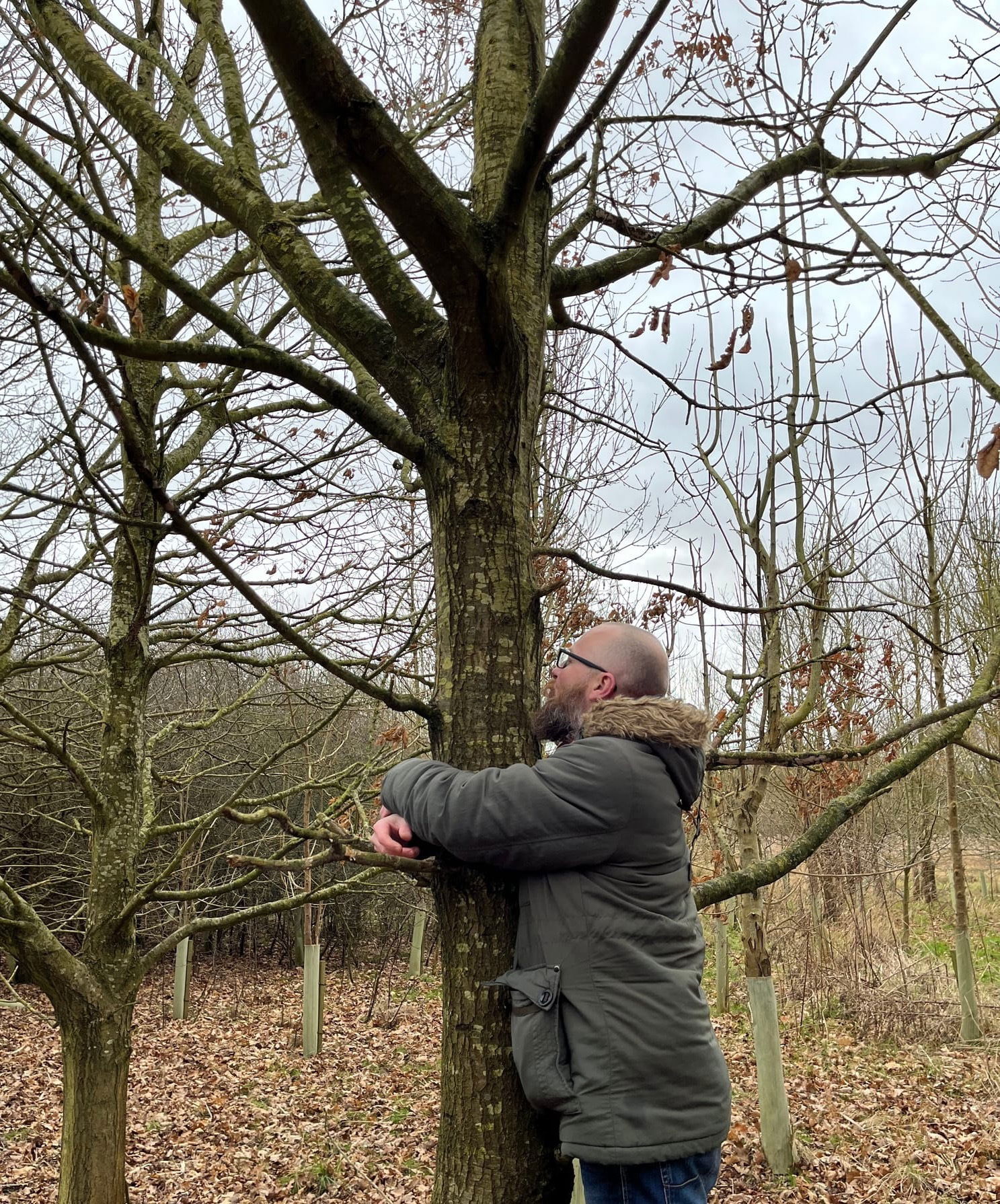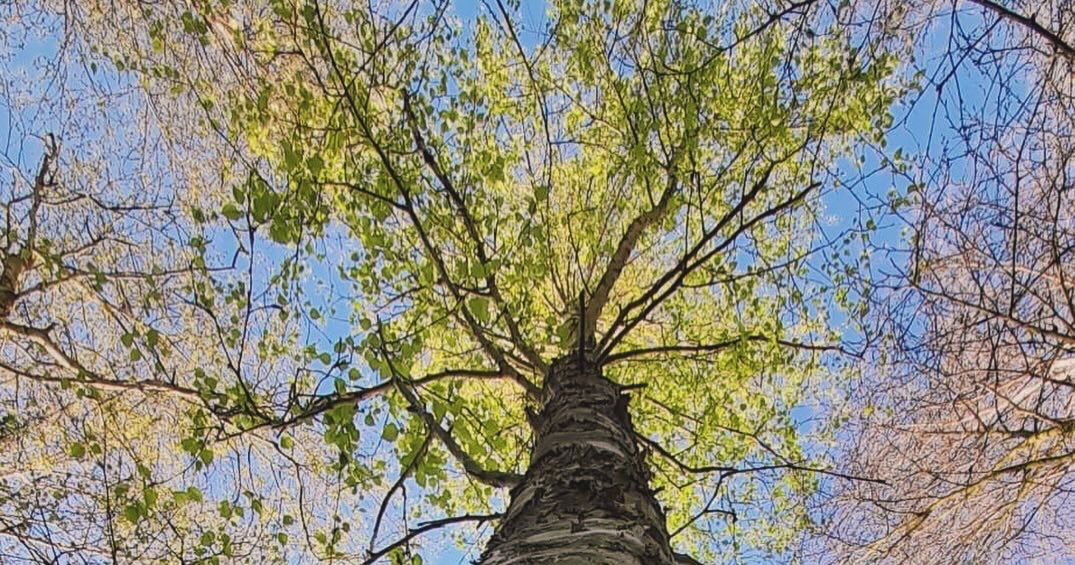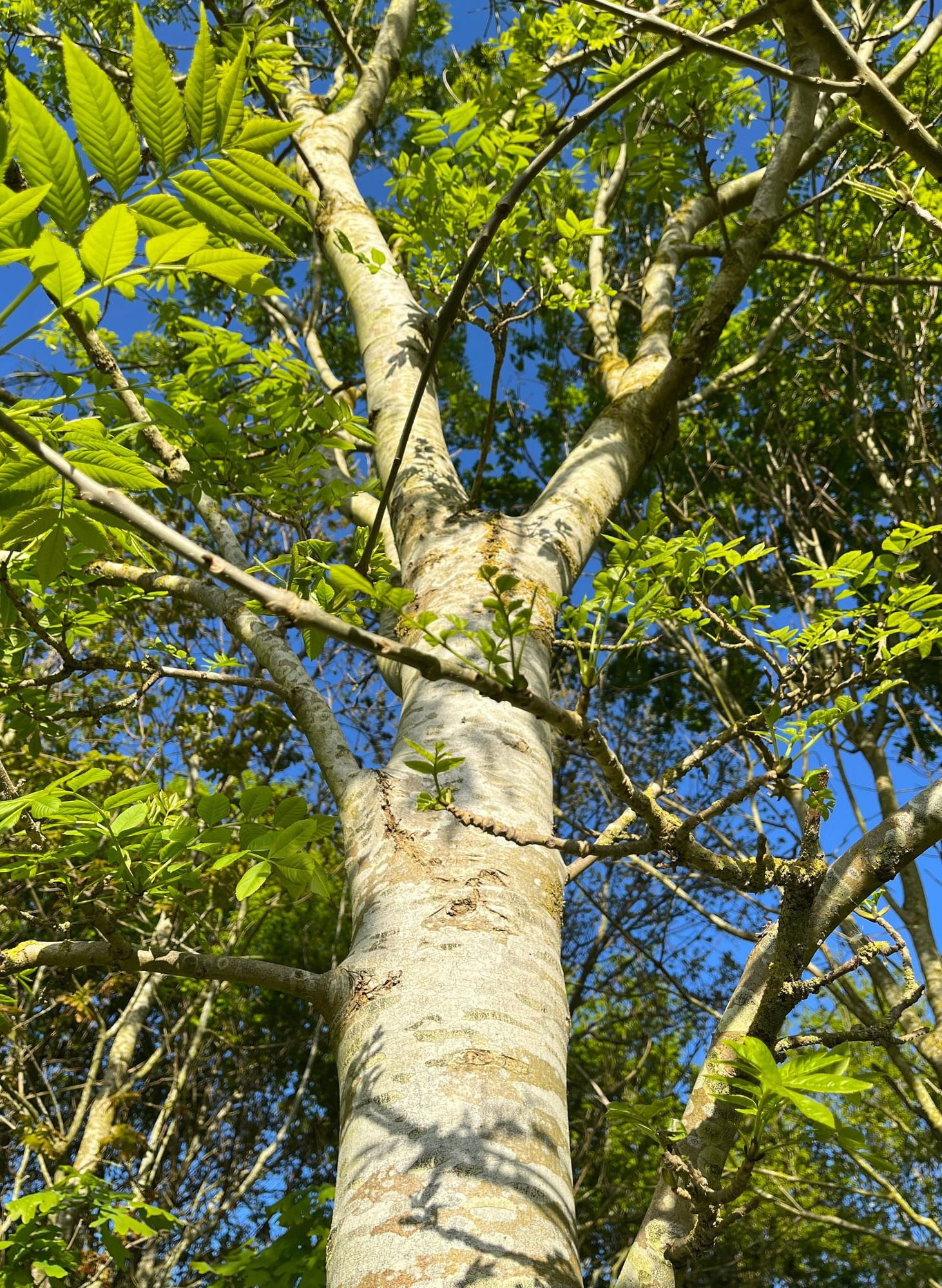Tree Folklore
Since time began, or at least since trees and humans first met, we have shared a close bond with these steadfast and long lived beings. Trees feature in legends, mythology and folklore across the globe and never fail to incite magical feelings among those who commune with them.

First up is blackthorn, the witchcraft tree, long held to be the home of fae folk, particularly in groves where it grows alongside its close cousin hawthorn. Areas like the Dingle, a tangled thicket of native shrubs in our tiny woodland, where I fancy I have seen flashes of silvery translucent wings when passing through.
To cut a blackthorn, or indeed a hawthorn, was to anger the fairies and bring bad luck to the person who dared to make the chop. To bring hawthorn blooms into a home would mean death to one or all of the occupants. Although hanging a fallen blackthorn branch over one's front door would ward off evil spirits and offer protection to the home.
In reality, blackthorn's spiny thicket provides excellent cover for small nesting birds, who on occasion could be mistaken for fairy choirs; its thorns discourage entry due to their fierce reputation for causing skin reactions and the bacterial infections which can result if it punctures the skin.

Oak is a species sacred to many, the word ‘druid’ means ‘oak man’ or ‘knower of the oak tree’. Oak trees are prone to lightning strike, due to their high water content and often being the tallest trees within an environment. This led to the druids preferring to practise their magic in enormous stands of oak trees, adorned with mistletoe - their most venerated plant.
Mistletoe’s presence is seen as an act of the gods, who place it in oak trees during lightning strikes.
Although there isn’t any proven scientific basis, an old folk rhyme muses on the oak trees sensitivity to seasonal changes and water availability as follows:
Oak before ash,
We’re in for a splash,
Ash before oak,
We’re in for a soak.
Meaning if the oak leaves emerge before the ash it's going to be a dry summer, or very wet if the ash comes into leaf first. I wonder what our ancestors thought would happen if they both leafed up at the same time?

Rowan is another tree with close associations with witches and magic. I grew up believing that a rowan must never be moved and replanted, lest the perpetrator suffer bad fortune for the rest of their life.
In Scotland it is deeply taboo to even cut down a rowan and only the berries may be removed and used. In many parts of the UK they were planted near houses to provide protection against evil spirits and malevolent enchantments. Some consider the rowan to be a portal, a secret door between worlds perhaps used by humans but usually liminal entities who I think pop by for a gander at what we are all up to.
Most notably each rowan berry has a tiny pentagram at its base, the best known pagan symbol of earth, air, fire, water and ether (or spirit). I certainly feel well protected in our tiny woodland knowing there are plenty of rowan about.

Another tree we have quite a number of is silver birch. A delicate and ethereal tree, whose leaf music is soft and gentle in the wind; so much so they were christened ‘Lady of the Woods’ by the poet S.T Coleridge.
Often the first species to colonise new sites, silver birch are known as Goddess Trees and birch twigs are traditionally used to make besoms, a witches favourite form of transport.
They symbolise new beginnings and renewal and are worshipped at Samhain, or modern halloween, which to some is the traditional start of a new year.
Practitioners still use birch besoms to purify their sacred spaces and we have one hung upside down near our front door to discourage unwanted guests.
Silver birch are also a main feature of Beltane celebrations as they are often the first tree to produce leaves in spring. At this time they can also be tapped for sap, which makes a delicious drink and can be reduced to make syrup to add to wine, for celebrating the return of the great greening.

And finally, we cannot forget the ash, the tree which in recent years has been ravaged by Hymenoschphus fraxineus, or ash dieback disease. Indeed our tiny woodland only has a handful of surviving ash with just two showing any significant signs of health.
Interestingly, ash has always been seen as a healing tree, newborn babies were given a spoon of ash sap to ensure a long, healthy life. Sickly children were passed through openings made in ash branches to cure them; if the tree healed then so would the child but if the tree did not recover, the child sadly never would either.
Ash is considered to be extremely strong timber and its density makes it the absolute best firewood, even burning long and hot when green (unseasoned). We know this from experience when burning the downed ash on the woodland camp fire.
Do you know of any magical tree associations or folklore tales? We would love to hear them in the comments below.
Love and trees,
Rach 💚🌳💚